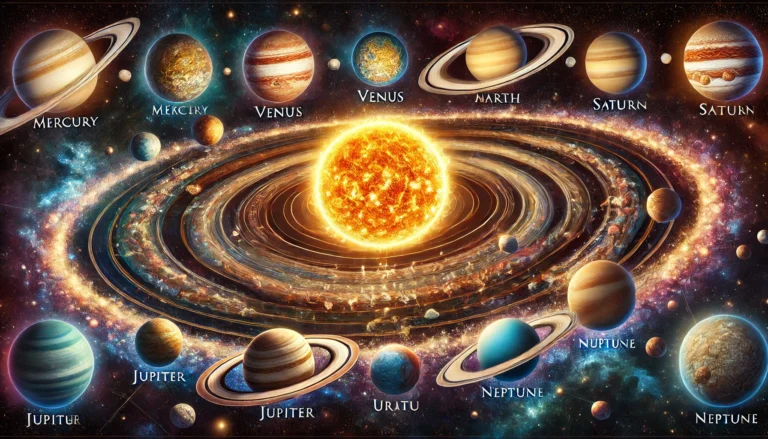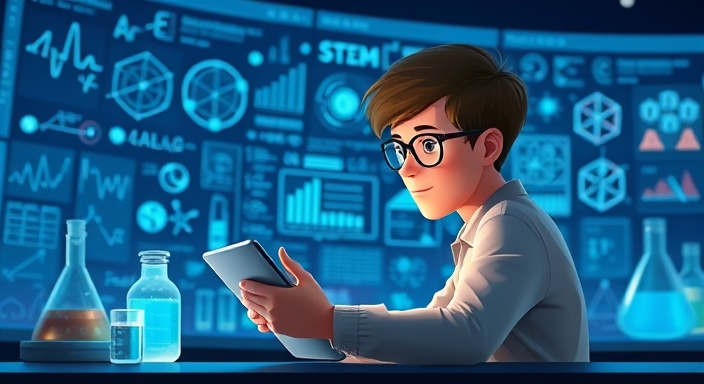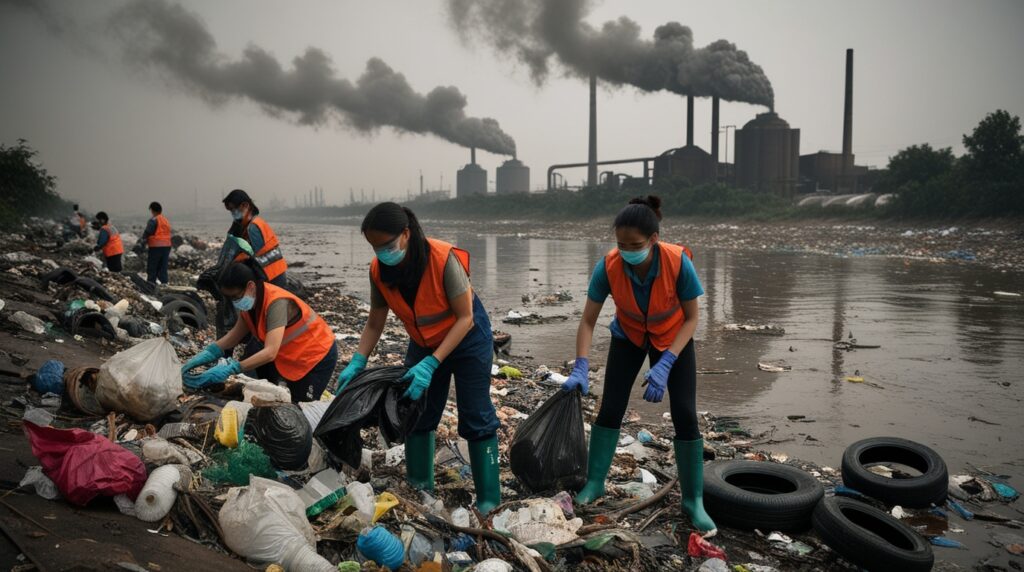
Water is the essence of life, covering over 70% of Earth’s surface and providing a vital resource for all living beings. Despite its significance, water pollution remains one of the most pressing environmental challenges. This article explores the causes of water pollution, its far-reaching consequences, and effective solutions to combat this global crisis.
What is Water Pollution?
Water pollution occurs when harmful substances—such as chemicals, waste, or microorganisms—contaminate water bodies like rivers, lakes, oceans, and groundwater. These pollutants degrade water quality, rendering it unsafe for drinking, irrigation, and supporting aquatic life.
Major Causes of Water Pollution
- Industrial Discharge
Factories often release untreated wastewater containing toxic chemicals, heavy metals, and hazardous materials into nearby water sources. These pollutants can persist for decades, disrupting aquatic ecosystems.
- Agricultural Runoff
Excessive use of fertilizers, pesticides, and herbicides in agriculture leads to nutrient pollution. Runoff from farmlands washes these chemicals into water bodies, causing algal blooms that deplete oxygen levels.
- Sewage and Wastewater
Improper disposal of sewage and untreated wastewater introduces pathogens, organic waste, and harmful substances into freshwater systems, posing severe health risks to humans and wildlife.
- Plastic Pollution
Plastic waste, including bottles, bags, and microplastics, accumulates in oceans and rivers, harming marine life and entering the food chain.
- Oil Spills
Oil spills from ships, pipelines, and offshore drilling operations cause catastrophic damage to marine ecosystems, smothering marine species and polluting coastlines.
- Urban Runoff
Stormwater carries pollutants like oil, chemicals, and debris from urban areas into water bodies, exacerbating pollution levels.
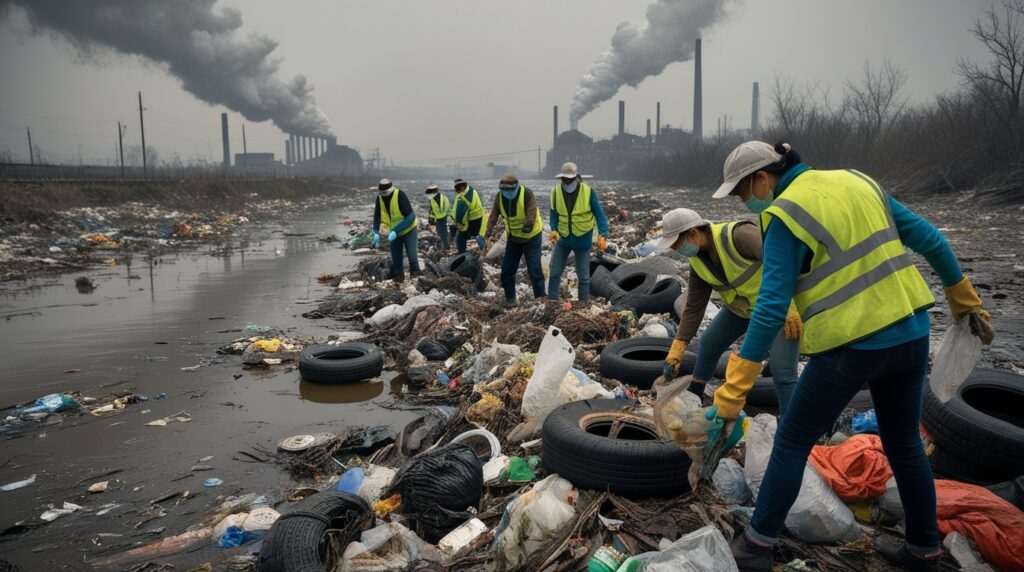
Impacts of Water Pollution
- Threat to Aquatic Life
Polluted water disrupts aquatic ecosystems, killing fish, plants, and other organisms. Dead zones—areas with little or no oxygen—are increasing due to excessive nutrient pollution.
- Human Health Risks
Contaminated water causes diseases such as cholera, typhoid, and hepatitis. It also contains carcinogenic chemicals, heavy metals, and microplastics that pose long-term health risks.
- Economic Losses
Water pollution affects industries reliant on clean water, such as fishing and tourism. Cleanup efforts for polluted water bodies also impose significant economic burdens on governments.
- Impact on Biodiversity
Pollution leads to the loss of biodiversity as species struggle to survive in degraded habitats. Coral reefs, for instance, are highly susceptible to water contamination.
- Water Scarcity
Pollution reduces the availability of clean water for drinking, irrigation, and industrial use, intensifying global water scarcity issues.
Solutions to Combat Water Pollution
- Enforce Strict Regulations
Governments must enforce stringent laws to control industrial discharges and ensure proper waste management. Heavy penalties can deter companies from polluting water bodies.
- Promote Wastewater Treatment
Investing in wastewater treatment plants can help remove harmful pollutants before water is discharged into the environment.
- Adopt Sustainable Agriculture
Encouraging organic farming, reducing chemical use, and implementing buffer zones along water bodies can minimize agricultural runoff.
- Reduce Plastic Use
Banning single-use plastics, promoting recycling, and cleaning up plastic waste can prevent plastics from polluting water sources.
- Raise Awareness
Public education campaigns about the dangers of water pollution can inspire individuals to adopt eco-friendly practices, such as proper waste disposal.
- Encourage Community Action
Community-led initiatives, such as river cleanups and afforestation projects near water bodies, can have a lasting positive impact on local ecosystems.
Global Efforts to Tackle Water Pollution
International organizations like the United Nations Environment Programme (UNEP) and Global Water Partnership are working to address water pollution through global partnerships and initiatives like World Water Day. Countries are also committing to the Sustainable Development Goal (SDG) 6, which focuses on clean water and sanitation for all.
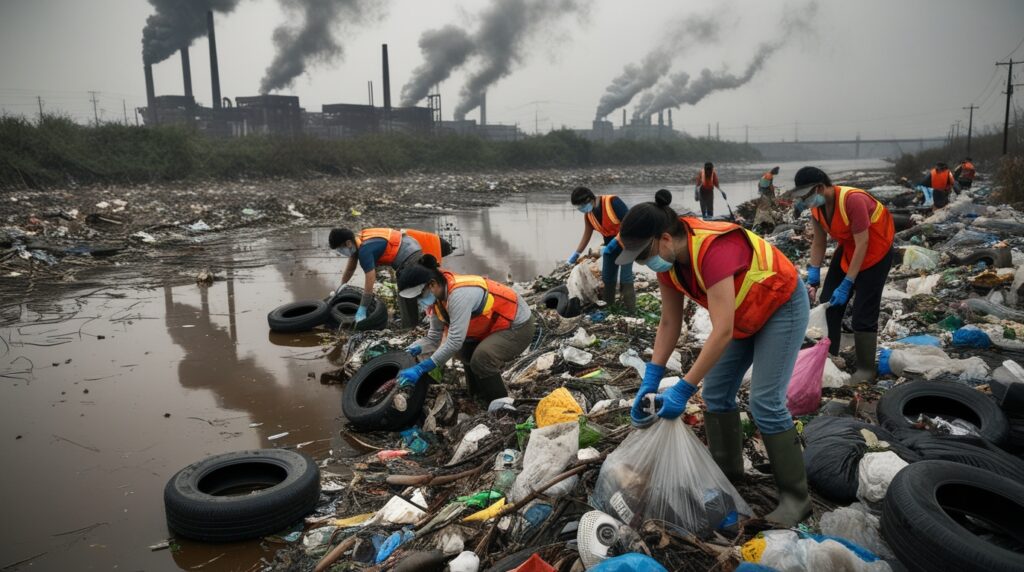
Conclusion
Water pollution threatens the very foundation of life on Earth. While the problem is severe, it is not insurmountable. With collective efforts from individuals, industries, and governments, we can restore the health of our water systems and secure a sustainable future for generations to come.
Photo Prompt for a Water Pollution Campaign
“
Let me know if you’d like me to generate an image based on the photo prompt!



